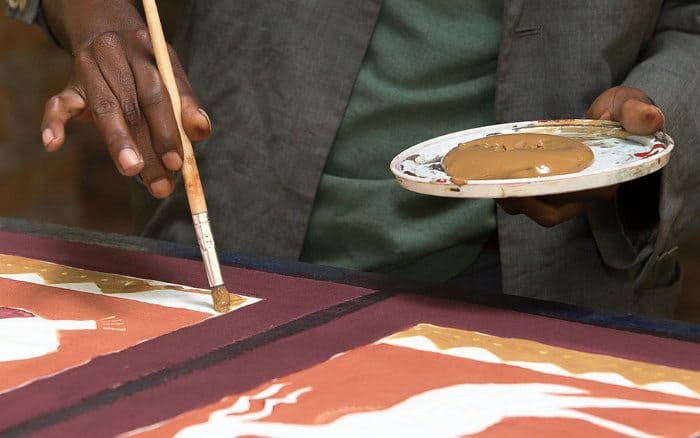Or the art of cycling across Africa (and why you should “just do it”).

In today’s interview I am very pleased to introduce you to Henry Gold, the man behind the famous cycling Africa tour: the “Tour d’Afrique”. Henry is also the founder and director of TDA Global Cycling.
Henry, it’s an honour to get to know you.
For starters, tell us a little about your background. Where are you originally from, and how did you start your professional career?
I was born in Czechoslovakia in the part that is now Eastern Slovakia. I grew up in a large village, essentially on a small farm with a few animals; chickens, geese, dog, cat and even a cow, large garden and an orchard.
As all kids who grow up in rural areas, it was a carefree existence, roaming around on a bike in every direction, though having responsibilities such as taking the cow to pasture on my summer holidays and so on.
I moved to Canada when I was 15 and graduated from McGill University with a degree in Electrical Engineering. My first three “career” jobs I worked as an engineer, but I worked many jobs from the time I was 13.
If you had to describe yourself in one word, what would it be and why?
What comes to mind is Frank Sinatra’s song ‘I did it my way’. But that is 5 words so maybe ‘maverick’.
It seems we are both “Africa Freaks” at heart. What do you find so special about the African continent? Also, what was your first contact with the region? I believe you initially travelled to Africa in 1984, correct? I don’t want to sound disrespectful, quite the contrary, but I was just one year old at the time! I guess I may have to call you a “*Mzee” from now on… 😉 (*Mzee = Swahili title of respect to anyone older than oneself)
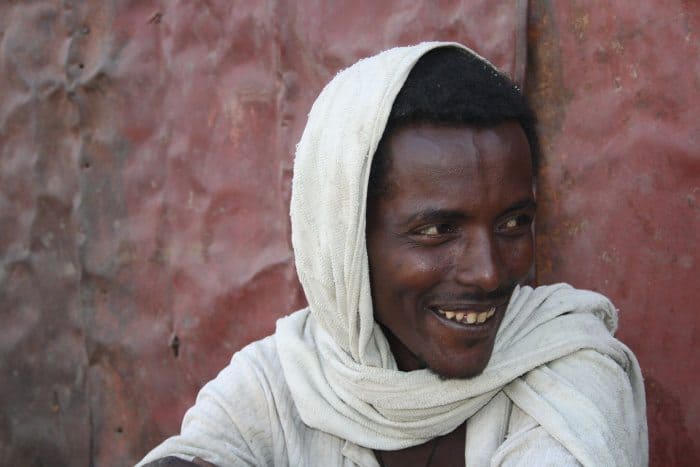
Yes, I am an Africa Freak. Actually many riders that cycle Africa with us call themselves Freaks.
I think my fascination with Africa started with the famous Ethiopian marathoner Abebe Bikila who won the 1960 Rome Olympics, the 1st African winning an Olympic medal, breaking the record in the process and on top running barefoot. He was a sensation that came from nowhere.

I was a kid obsessed with sports, and a year later – I was nine years old at the time – Bikila came to run the oldest marathon in Europe that happens every year in Eastern Slovakia. My older brother got us tickets to the stadium when Bikila won the Kosice Peace Marathon by over three minutes. It was an awesome performance that I remember to this day. But it was not until 1984 that I came to work in Africa.
For me Africa has a feeling of coming home, after all this is where humanity evolved. So perhaps it is my own power of suggestion but each time I land in Africa, it feels very welcoming. I love Africans: their spontaneity, generosity, their joie de vivre. The majority of Africans have a very difficult life but that doesn’t stop them from enjoying what comes their way. Maybe, the quote by the British explorer Wilfred Thesiger is right on; “the harder the life, the finer the type”.
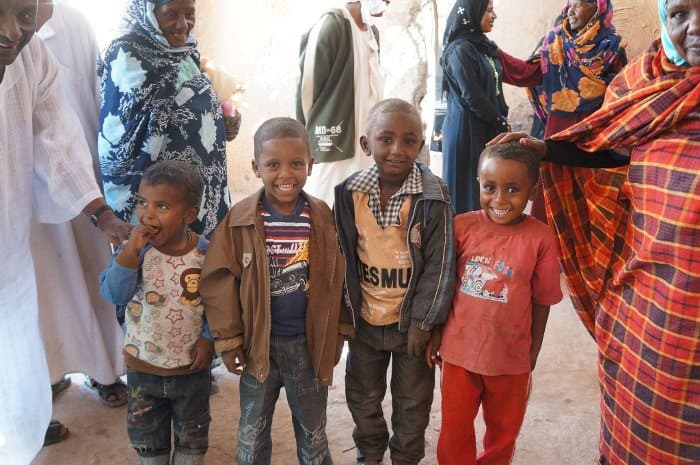
Joking aside, it is also in the early 1980s that your vision of the now famous “Tour d’Afrique” (Africa Tour) began to take root. Share with us your initial idea to produce cheap mountain bikes in Africa, and how it gave place to the original cycling concept. Has cycling always been a part of your life?
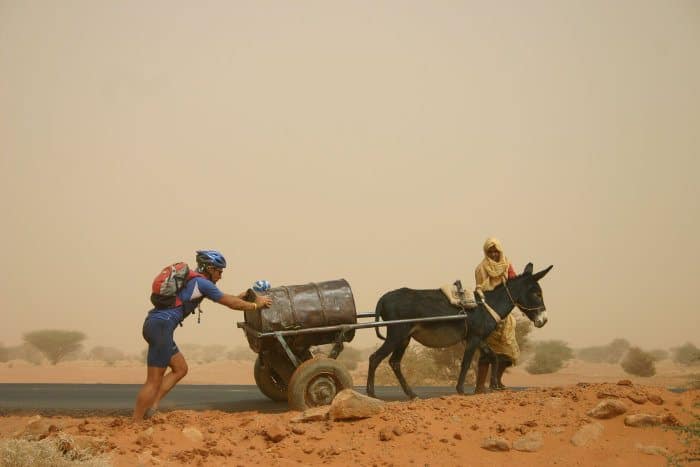
Ever since I can remember I was pedaling but simply for fun and later as means to get around. My motivation for creating what has become the iconic Cairo to Cape Town Tour d’Afrique has origin in the desire to help Africa with transportation challenges.
When I was working in Ethiopia I often would see prematurely old women carrying heavy loads on their backs. The whole rural economy for probably 95% of the people was limited to what they could put on their backs or a mule. It was also the time when Mountain Bikes became popular. And knowing the role of bikes in India and China, I kept saying that someone should start manufacturing rugged, cheap bikes in Africa for the African market.

Eventually I managed to get someone interested in doing a feasibility study and raised some funds and it looked like the concept was feasible. We created a business plan and even found a Kenyan investor. At that point we started thinking about marketing and having a limited budget, thought we needed to do something crazy that would have everyone talking about us. So the idea came to me to have a cycling race from Cairo to Cape Town using our bikes.
Moving forward, 2003 was a big turning point. It must’ve been such a thrill to take part in the world’s longest and most challenging cycling race across Africa? Four months from Giza (Egypt) to Cape Town (South Africa), what an achievement! Not to mention you established the Guinness World Record for the fastest human powered crossing of Africa.

For sure a hell of a thrill, I mean we had no idea if this was doable. As far as we could tell no one has ever cycled every inch of the way. There was a huge part of the route that we did not even scout and we were crossing areas where only convoys with military vehicles in front and back were allowed. Yet we managed to obtain permissions with one vehicle in the front and participants cycling at their own speed spread for kilometres.
We had no idea how individuals would survive the physical and the mental stress; we were worried about food, water, infections and so on. The roads were rough, about 40% was unpaved, in places such as Sudan hundreds of kilometres of sandy roads, in Tanzania due to rains hundreds kilometres more of muddy roads. So each day when I arrived at camp – usually among the last ones coming in – was a celebration.
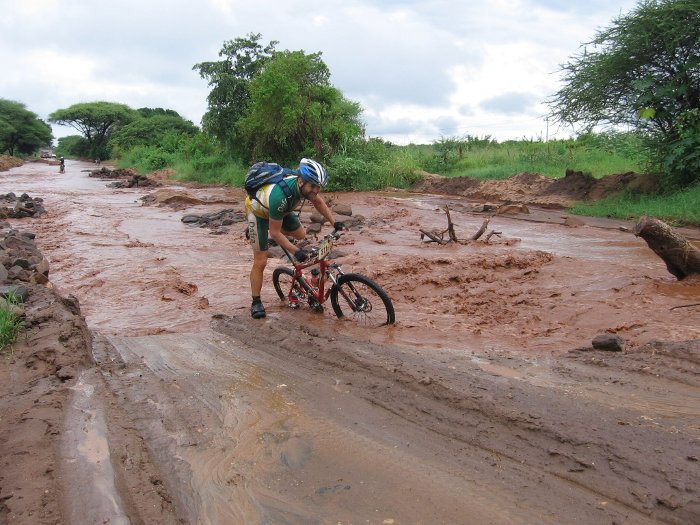
Take us on a typical “Tour d’Afrique”. What’s on offer? How long does it last? What’s the itinerary (and distance covered), and generally speaking, what is there to expect? Can anyone take part in such an expedition, or is it only for the “epic” adventurer?
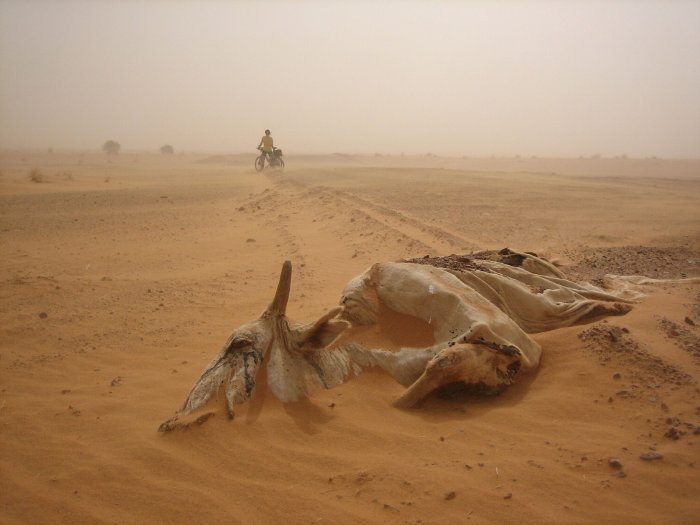
Tour d’Afrique is a 4 month, 12,000 km cycling journey that covers 10 African nations. The typical participant is someone interested in a big life challenge – to be taken out of their comfort zone and immersed in foreign cultures. The participants come from over 15 countries throughout the English speaking world including US, Canada, UK, Australia, NZ, South Africa but also from other parts of the world such as Germany, Scandinavia and other. They range in age from 18 to 75, males and females.
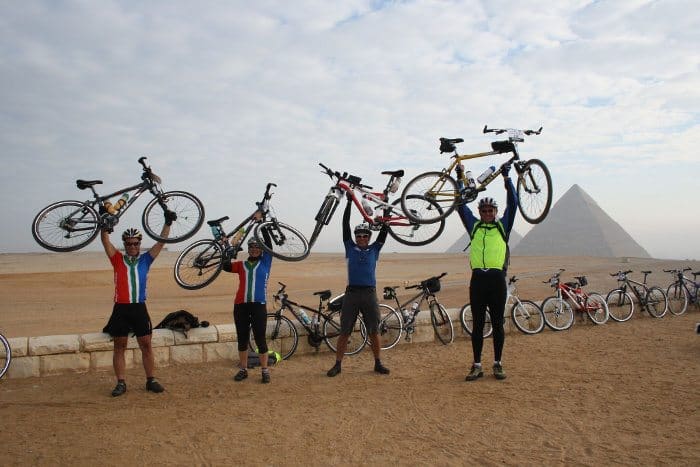
It is open to all able bodied adults. We encourage anyone to take up the challenge. They are often surprised what they are capable of. They should expect every type of road surface from rutted tracks to smooth tarmac. They should be prepared to cycle in the rain and cold, and in the searing desert heat.
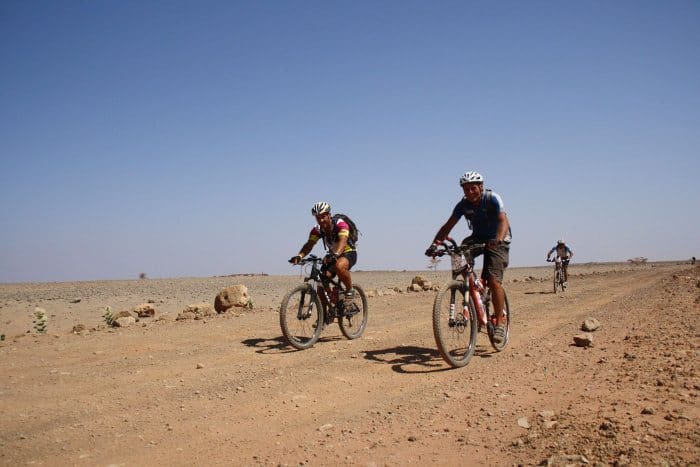
Do you provide bicycles for clients, or do they have to bring their own? Also, how does one pick the perfect bike for one of your trips? I suppose durability must be the number one criteria…?
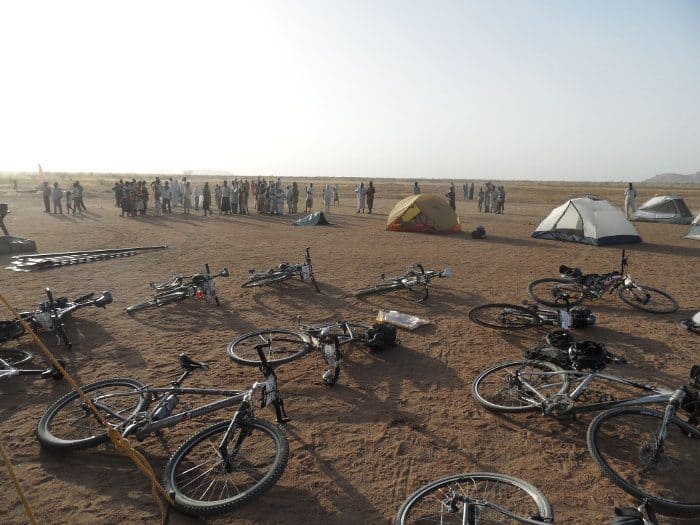
Everyone must bring his or her own bike. It is a long trip from top to bottom of Africa and you need to be comfortable with your bike. The perfect bike is the one you choose. We recommend a light steel bike that can take wider tires, preferably a hard tail mountain bike, but a cyclocross bike or a touring bike will do as well. It depends on your style and desire for comfort. After all you will spend a lot of time on your bike.

For reference read ‘Choosing a Bike for Long Distance Touring’.
If you had to summarise your Tour d’Afrique in numbers, what would they be? Total number of participants for instance, number of flat tyres, couples that met on the trip (and who are still happily married today), amount of dust “ingested” (or inhaled), potholes, “zebra crossings”, etc. 🙂
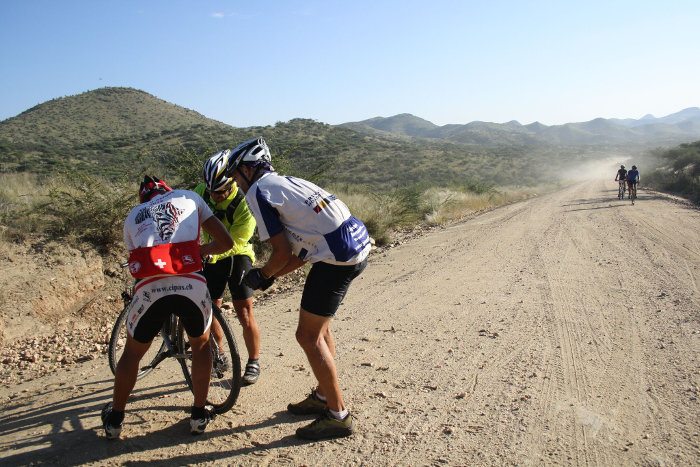
121 days, 12,076 km, 363 meals, and 70,000 meters climbing
Longest stage 207 km
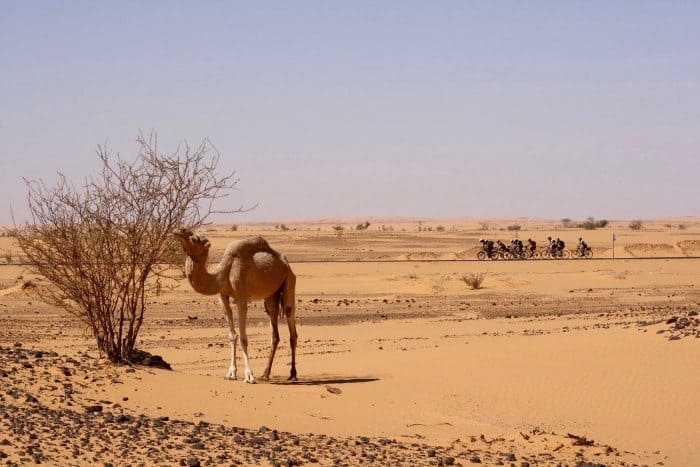
Longest riding week – 8 days straight without a rest
Biggest single climb is the Blue Nile Gorge = 20 km gaining 1360 m

Cycling is a great way to connect with nature and local culture. Are there any unusual wildlife encounters you might want to share? Or any other funny anecdotes worth mentioning…

Africa is a great place to witness wild animals and there is no greater joy if you are an animal lover than to see wild animals run in front or beside you while you are on a bike. On our trips to Africa that happens often. We also have unexpected events such as coming across a snake while camping. These are great experiences and are usually harmless.
But I think what you want to hear is about my run in with a wild elephant while I was on a bike. That did not happen in Africa but rather in India. You can read about it both in a blog I wrote few days after the accident and an article I published in the Globe and Mail.
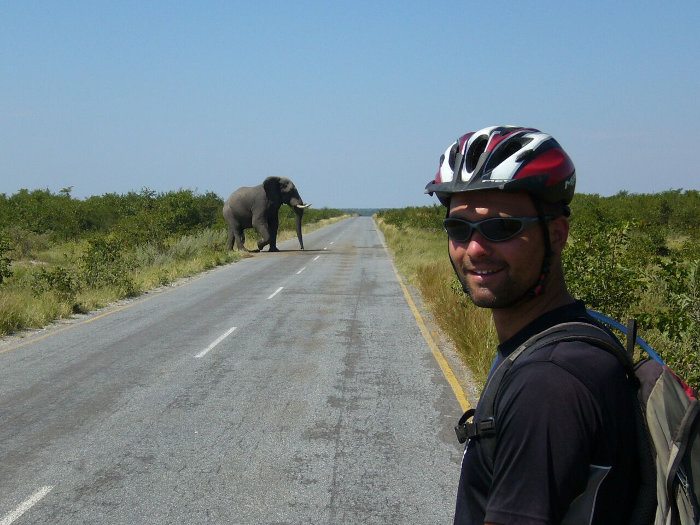
I am truly very fortunate to simply be alive. But a day after I left hospital still patched up and looking a mess I was on Indian television defending the elephant as the problem was not him but rather humanity encroaching on his/her territory, and I happened to be there when he or she were spooked by a passing car who honked at him/her.
Besides being a successful businessman and avid adventurer, you also produce documentary films and are actively involved in various charitable endeavors. What can you tell us about “Burden on the Land” for instance, or the “Plant a Tree in Africa” concept?

Burden on The Land documentary resulted from my frustrations to explain to people I knew and others who were interested why and how famine happened, and what works and what doesn’t when it comes to development projects in Africa. We put a lot of time into this project and filmed in eight African countries. It was also a great learning experience for me. I watched the film again recently after 25 years and I think it explains the challenges of Africa and other places very well.
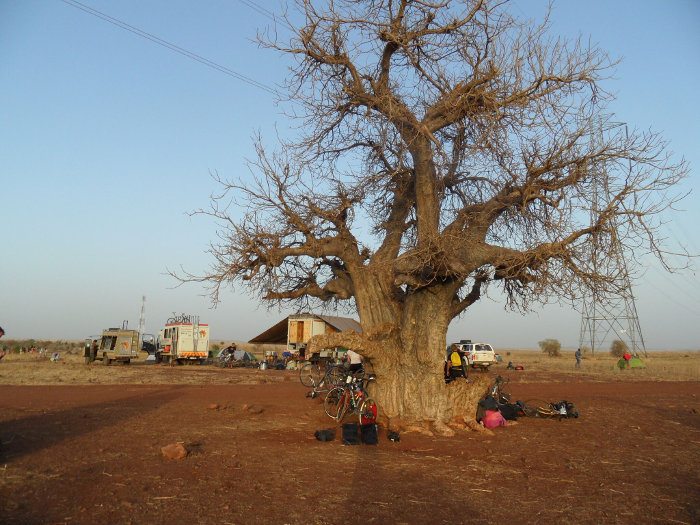
The Plant a Tree in Africa was a fundraiser to plant trees in Africa. It worked very well and the NGO I was running used that for many years after I was gone. The NGO used the money and money from other sources to plant over 60 million trees mainly in Ethiopia but in other countries as well. Planting trees of course is the best way to sink carbon dioxide and neutralize climate warming.
Today, what once seemed a mere dream has now come to reality. Your company is growing by leaps and bounds, and your transcontinental cycling expeditions not only operate in Africa, but also – and this is a world first – on 5 other continents (and in over 60 countries in total). What other tours do you run, and what do you believe is key to your success?
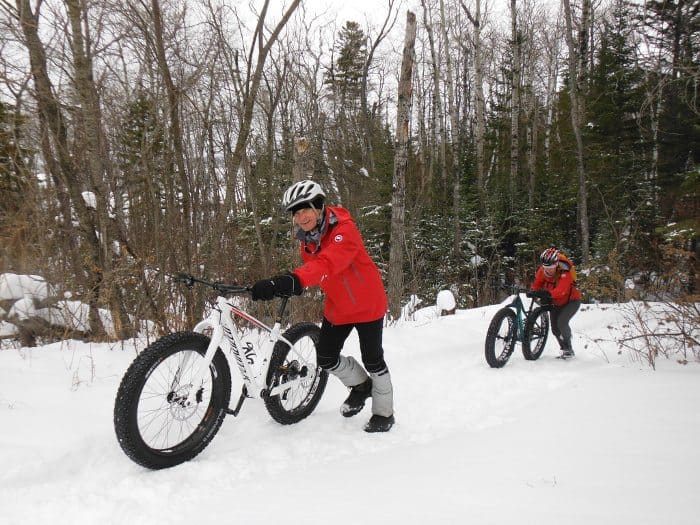
We now run tours on every continent, some like the South American Epic and the Silk Route are even longer and perhaps even tougher than the Tour d’Afrique, some are shorter and easier, such as the North American Epic, the Trans Europa, Trans Oceania and the Bamboo Route.
We also offer shorter trips from 5 weeks to 9 weeks such as La Ruta Maya, The 8th Continent (Madagascar) and the Orient Express. Our newest tour is The Last Degree, an 18 days cycle on the Antarctic continent.
I think the key to our success has been simply in providing a way to allow average individuals to have life changing adventures. I believe all we do is enable individual cyclists do something that they simply would never undertake by themselves. We provide the structure for them to cycle and enjoy the world, interact with locals in an unscripted way and explore.

Ultimately, what’s the next step for TDA Global Cycling in the near future?

We keep adding wonderful new tours. For example in 2017 we are adding a new tour in Europe, which will start in Athens and end in Amsterdam. We call it the Olympic Route because we will be cycling across many cities that have hosted summer and winter Olympics.
We are also planning another trip in Africa in 2018 that will start in Dakar and end in Cape Town. And there are many other ideas in the air. I think there are many opportunities for cycling as a sport and adventure.
Any final thoughts for readers who might be inspired to start their own venture?
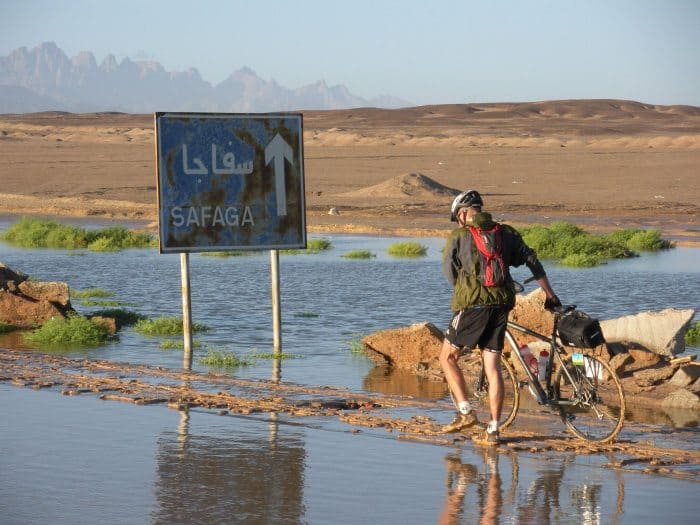
I am a firm believer that if you have an idea and the desire then just go for it. Do not be afraid. On a recent South American Tour one of the participants – a very successful individual – while we were having a drink in a bar said to me: “Henry, I figured out what is the secret of your success.” I was eager to hear it as I told him that I had no idea. He said simply “you are not afraid to fail”. I laughed but later on I thought about it and I think he just may be right, though I would not have put it that way.
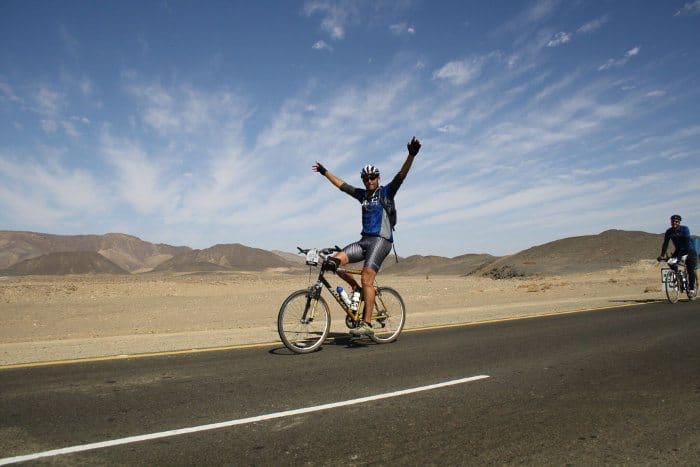
I think everything you do in life has a value and I think we all learn more from things that do not work out than from things that work out. I just do not think one should look at anything as a failure but rather as: OK, so this did not work so what I will do next that will work the way I would like it to work. So bottom line, just go for it and if you did not get the result you wanted move on. It is called living. (My actual motto before Nike started using it was Just Do It.)

Fabulous, there’s actually another motto along the same lines that I particularly like, and it’s “impossible is nothing” (from Adidas). Because in “impossible” there’s “I’m possible”! 😉
Thank you so much for your time, it was a real pleasure to learn from your rich life experience! and keep up the fabulous work! 🙂

For more info on Henry Gold or to join one of his epic tours, visit the TDA Global Cycling website.
Also feel free to like their page on Facebook, or follow their latest tweets.
